
crinacle’s Headphone Ranking List
If it’s not on the list, it doesn’t exist.
Table of Contents
After months of tweaking behind the relative privacy of a paywall, the anticipated Headphone Ranking List now celebrates its public release.
Now I know many are rearing to have a go at how my opinions suck or why I’m mentally challenged for not ranking certain headphones a certain way, so let me just drop a few disclaimers here. Well… extra disclaimers on top of the wall of text that’s already on the ranking list page.
For those new to the site, I’ll also write in a quick refresher on the grading system. Read on if you’re unsure.
Disclaimers
AKA: "Avoiding the Strawmen"
- Selection bias is going to be high in the ranking list for now, similar to how it was during the early days of my IEM ranking list. I’ve only sought out headphones that piqued my interest or has significant hype behind them, which tends to be the kilobuck stuff.
- The list is still in its early stages. I’m not saying that it’s still a “work-in-progress”, because it’s not anymore. But things will change and so expect a higher frequency of big mixups relative to the IEM ranking list, which is far more established and stable at this point in time.
Much like for my IEM reviews, I will go with a policy of “out-of-the-box” when determining a headphone’s performance. This means the following limits will be placed:
- All headphones are tested stock with no third-party modifications.
- EQ is not a consideration.
- Exclusion: the EQ solution is a hardware one, and comes in the retail packaging of the headphone itself.
- This means that while things like the Audeze Cipher cable may fall into this exclusion clause, the software-based Audeze Reveal Plugin does not.
- Exclusion: the EQ solution is a hardware one, and comes in the retail packaging of the headphone itself.
- All headphones are tested with stock pads. If the pads don’t come in the retail packaging of the headphone itself, it will not be considered.
- Exclusion: selectable pads on checkout, i.e. ZMF and their pads.
- All headphones will be tested with the same source (iFi Micro Black Label).
- Exclusion: headphones that cannot be powered off headphone amplifiers (e.g. Stax headphones, RAAL SR1a).
- The cost of the additional audio component(s) will be factored in the final valuation of the headphone, based on the “generally accepted minimum”.
- Exclusion: headphones that cannot be powered off headphone amplifiers (e.g. Stax headphones, RAAL SR1a).
I know some would be foaming at the mouth at the last point so I’ll address it further. The world of desktop amplifiers and DACs is a crazy one, with each discrete component sometimes exceeding the cost of the headphone itself. Since the world of headphones is much more intertwined with the world of sources, I know it’s basically impossible to keep everyone happy with whatever testing methodology I choose, even if I were to somehow seek out the ideal sources for every individual headphone.
Therefore, my testing methodology prioritises consistency over optimal performance. The concept of “optimal performance testing” is a slippery slope, since one would have to determine if the most optimal setup (oftentimes the most expensive as well) is a “requirement” when it comes to running a certain headphone. And if there is a consensus that there is, then comes the question of if the headphone should be valued at the cost of the headphone on its own, the cost of only “the headphone plus the most necessary components”, or even at the cost of the entire setup.
So rather than go through that nightmare, I might as well keep my testing process simple and consistent. At any case, what I’m reviewing are headphones, not sources. I understand there are certain caveats that come with keeping the source gear constant for every review (i.e. the concept of “scalability” if you believe that), but this is the methodology that should keep the most happy and step on the least toes.
The Grading System
Tonality & Technicalities
Going forward, the judging criteria for the ranking list will be further distinguished into two distinct metrics: tonality and technicalities. I’ve written extensively about my definitions on tonality and technicalities in both my Graphs 101 guide and my technicalities article, so if you need more information you can simply refer to those.
But as quick refresher (and I really mean quick, don’t argue with me about what I’m about to say since they’re condensed summaries of 5,000 word articles) tonality is basically tuning and frequency response, while technicalities is an umbrella term referring to unmeasurable aspects such as resolution, transients and imaging.
I’ll probably not break down my rankings further than this since the problem of weighting individual components gets worse the more components I specify. I think there should at least be a certain degree of “abstractness” to the rankings since, at the end of the day, this is a subjective list of personal opinions.
On that note, I think there is a sort of “ironic dichotomy” with regards to tone and technicalities. Tonality may be the most easily measurable aspect of audio but the interpretation of the measurements is probably one of the most subjective aspects of the hobby. The concept of “technicalities” implies a certain level of objectivity where more/less of something is always better (resolution, positional accuracy, speed etc.) and yet its immeasurability implies complete subjectivity.
I don’t know. Call me a filthy centrist, but I think a marriage of the subjective and objective (the measurable and the immeasurable) is the best way of approaching the audio hobby.
Weighting
& The Specialist's Clause
For the most part, the overall rank of a headphone is weighted in favour of the lower of the two grades. However I’ve devised a system that accounts for outliers with large deltas, though still weighting heavily in the lower grade’s favour.
The system is essentially a 3-to-1 weighting scale, where only a whole grade (3 sub-grades) difference will result in a single sub-grade increase from the lower grade. An example is shown below:
[Tone grade]/[Tech grade] = [Overall grade]
C/C+ = C (1 sub-grade difference, no change)
C/B- = C (2 sub-grade difference, no change)
C/B = C+ (3 sub-grade/1 whole grade difference, 1 sub-grade increase to lower-of-the-two)
B/C = C+
C/A- = C+ (5 sub-grade difference, still 1 sub-grade increase)
C/A = B- (6 sub-grade/2 whole grade difference, 2 sub-grade increase to lower-of-the-two)
This is also known as the Specialist’s Clause.
However if either tone or technicalities are graded as E or F, the Specialist’s Clause is void. That means that if, for instance, a headphone’s tone score is graded at E, its overall rank will be set at E even if it manages to score an S in technicalities.
Why not use an averaging system?
The problem with a direct averaging system (e.g. C-/C+ = C) is that the performance rating on the ranking list is on a “subjective log scale”. That is to say, the difference between C and C+ is much “higher” than, for instance, A and A+. Thus, I don’t think it’s the right call to, for example, put a C-/C+ graded headphone in the same league as a C/C.
These changes are done in order to penalise deficiencies in audio performance to a higher degree, making the higher ranks a lot more valuable and increasing the standards to which I’d judge a headphone. At any case, if you don’t agree with my weighting you’d still be able to sort the ranking list table by either tone grade or technical grade.
Alright folks, enjoy. And remember: I’m just one guy on the internet.
Support me on Patreon to get access to tentative ranks, the exclusive “Clubhouse” Discord server and/or access to the Premium Graph Comparison Tool! My usual thanks to all my current supporters and shoutouts to my big money boys:
“McMadface”
“Desertscrub”
“Galactus”
Will
“ForeFourFor4”
Man Ho
Denis
Nicholas
Alexander
Andrew
Ted
“chisquare”
Olindrax

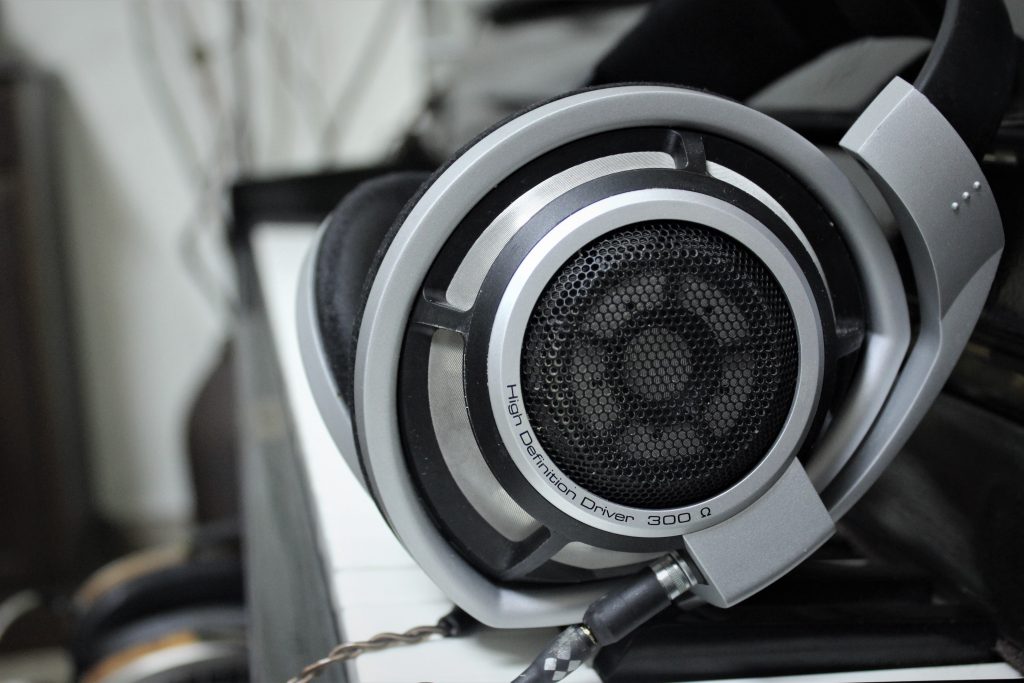
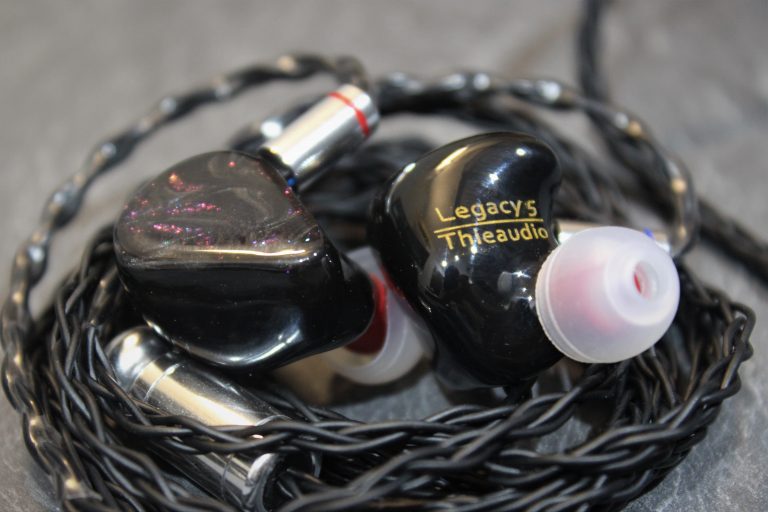
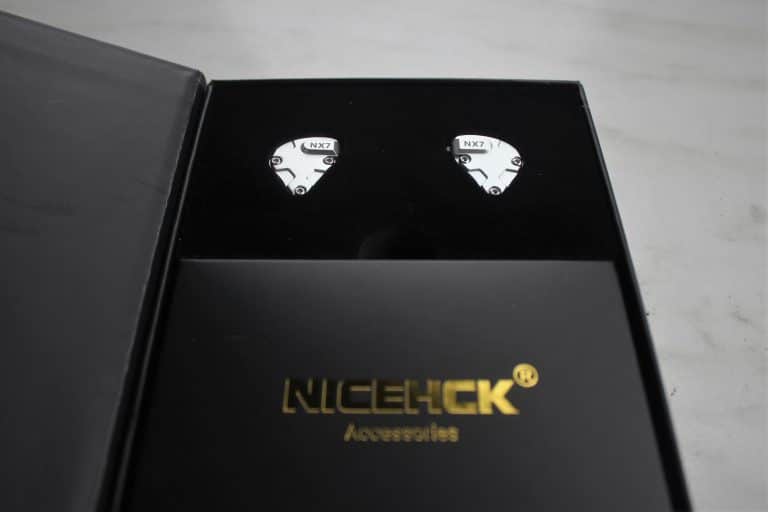
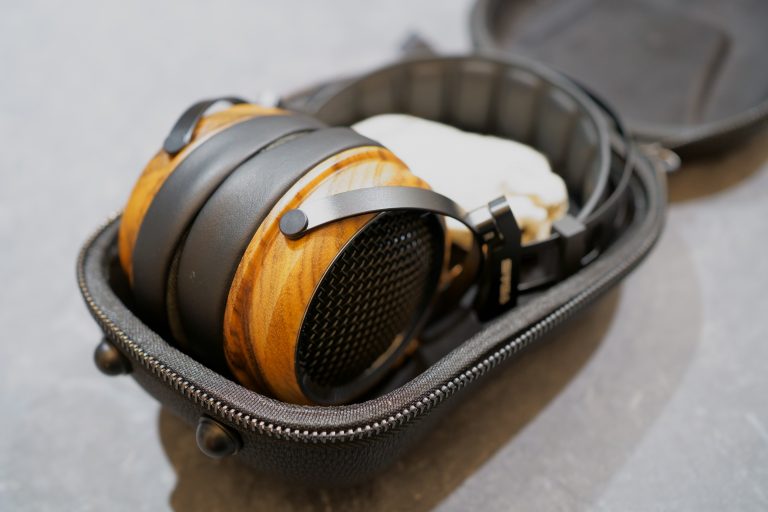
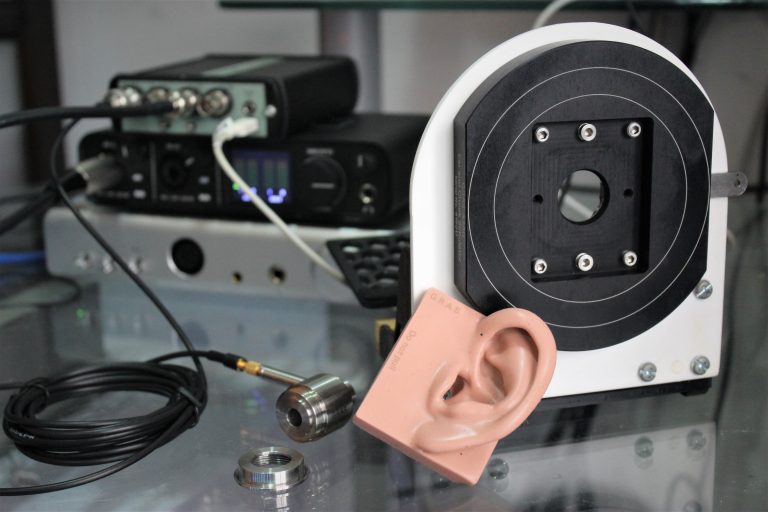
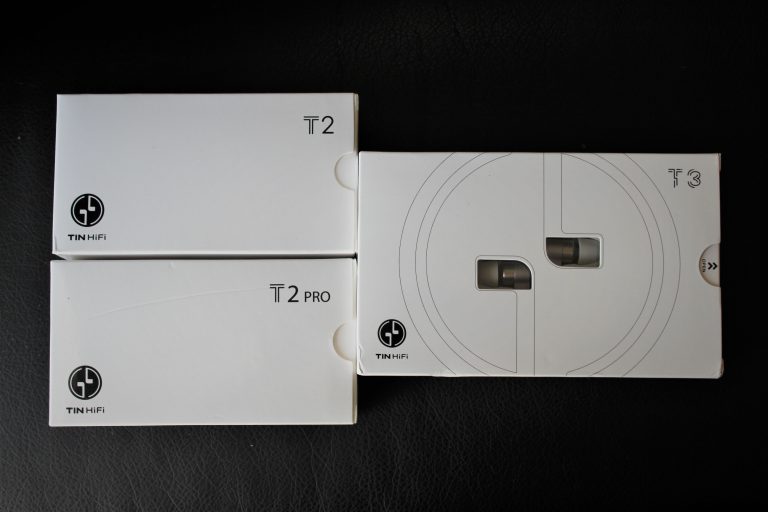





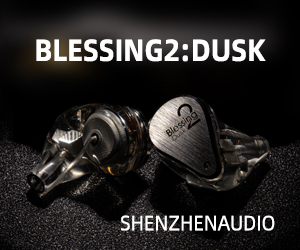
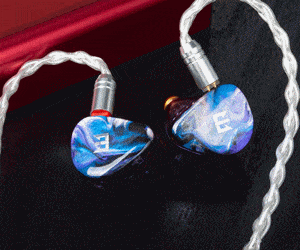

22 thoughts on “Crinacle’s Headphone Ranking List: Public Release”
Awesome, thank you bro.
Noticed a little switchup on the link to the FR graphs when clicking on them though. The Final Audio D8000 and LCD-X are switched. Just thought I’d let you know.
the links for graphs of lcd-x and the final audio d8000 are swapped when i click on them
Fixed.
How comparable are the IEM ranking list’s technical and tonal grades to those of the full-size headphone list?
Awesome, thank you bro.
Would like to see two additional columns in your Ranking List, 1. Open or Closed cans and 2. On-Ear or Over-Ear Placement.
bro where’s the lost
This is great! I’ve been looking for a reviewer that I trust since Tyll retired and I think you might be it! Great work!
This is great! I’ve found your IEM list invaluable and my preferences tend to correlate well with your rankings. A little bummed to see Elegia and Stellia so low since the latter is my favorite even above Utopia for the flexibility of a closed back and the slightly elevated bass (a personal preference). Interesting that you note seal issues with both of those. Makes sense that proper seal would be required to get the most out of those.
In any case, check out the Beyerdynamic line. They only landed on my radar relatively recently when I decided to check them out for gaming, but I’ve been pretty impressed, particularly with 1990s, which are a little like baby Clears.
Yeah, like a baby, crying into your ears. – Without heavy eq they are a pain listening to for prolonged periods.
Any plans to try some of the classic and popular AKG models, eg. K712, K550, K371, K271, K240? They usually seem to have their own signatures that are not everyone’s preference, so I wonder how you’d rank them among the usual suspects on your public list
This guy bullshit is oudstanding.
Hi, thanks for the content. Can you add a column with the classification of Open/Closed?
Iam. Not able to see any list on the page am I missing somethinf
Also iam not able to find the Sony mh 755 in India.. Or even online.. Any idea where I could get it
Audeo Phonak PFE232 is discontinued but could it or other models possibly be added?
Whats the difference ” real ranking list grading” and the normal one for Headphones?
Could you please measure and add Yamaha HPH-MT8 headphones?
You should definitely review KPH40’s, I Think they will surprise you.
also review the TH900 20th Anniversary edition, has less treble spike and slightly less bass, they would have a better Tonality grade than the other fostex, I think.
Now that the Shure SRH440 and SRH840 headphones have been updated to the SRH440A and SRH840A versions, do you have any plans to include the new models in your list?
And many thanks for providing such a great resource.
Found the list to be really useful but hard to read without column labels while scrolling. A small change of “position:sticky; z-index:999; top:50px” on the “dataTables_scrollHead” class can make the graph a lot more readable
Can the AKG K361 be added to the list, please?
Yep. It will be at 100th place.